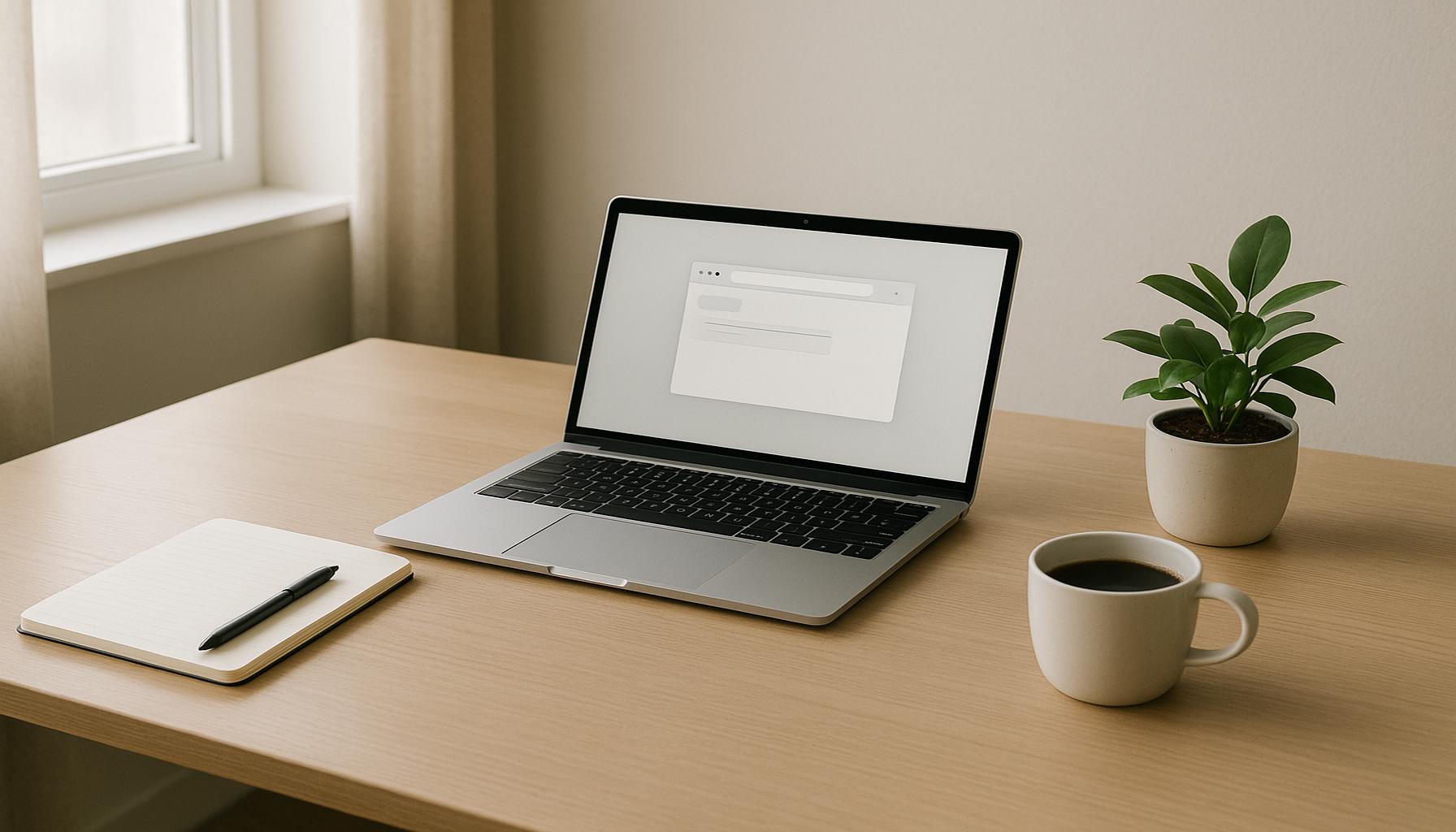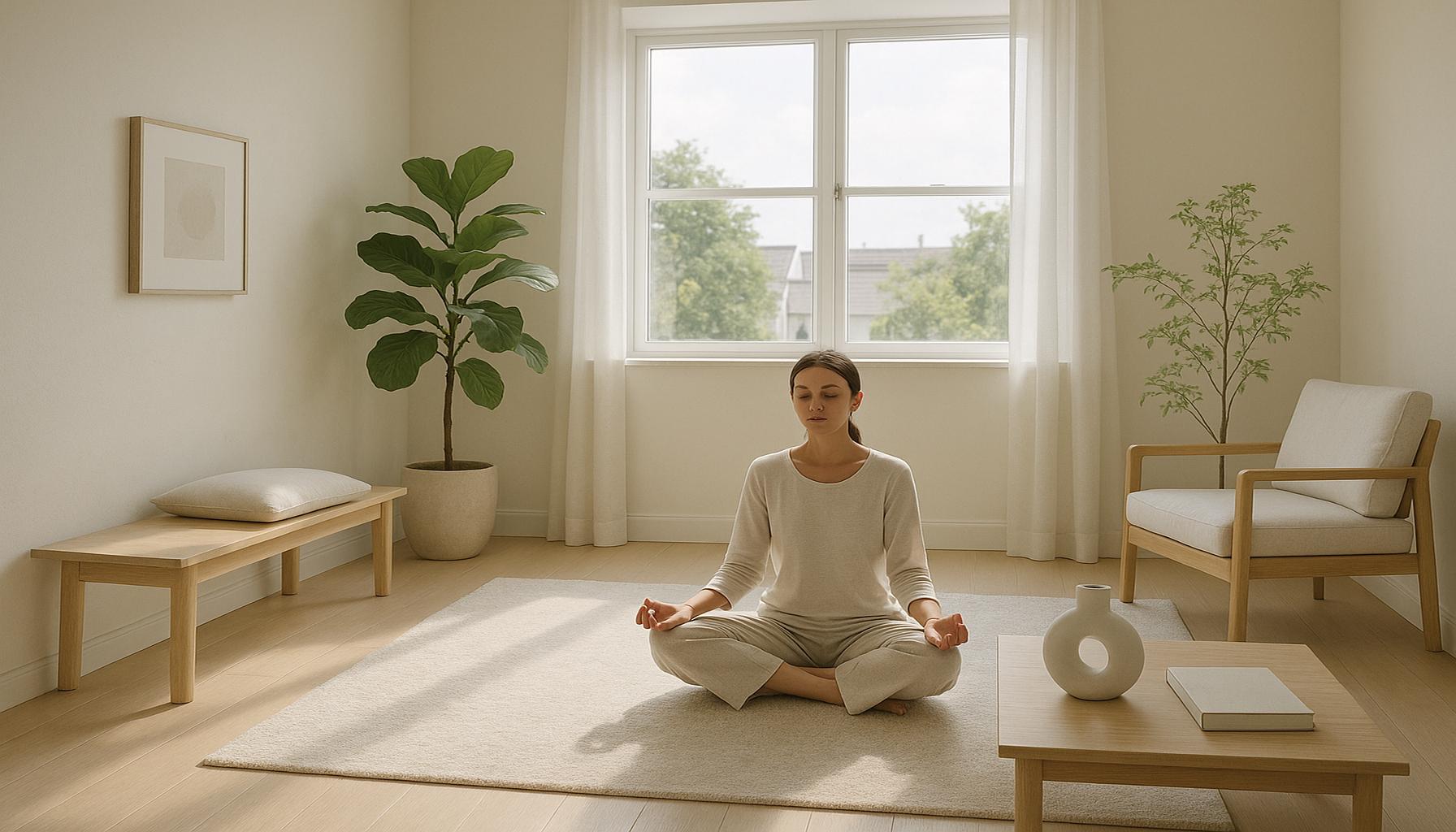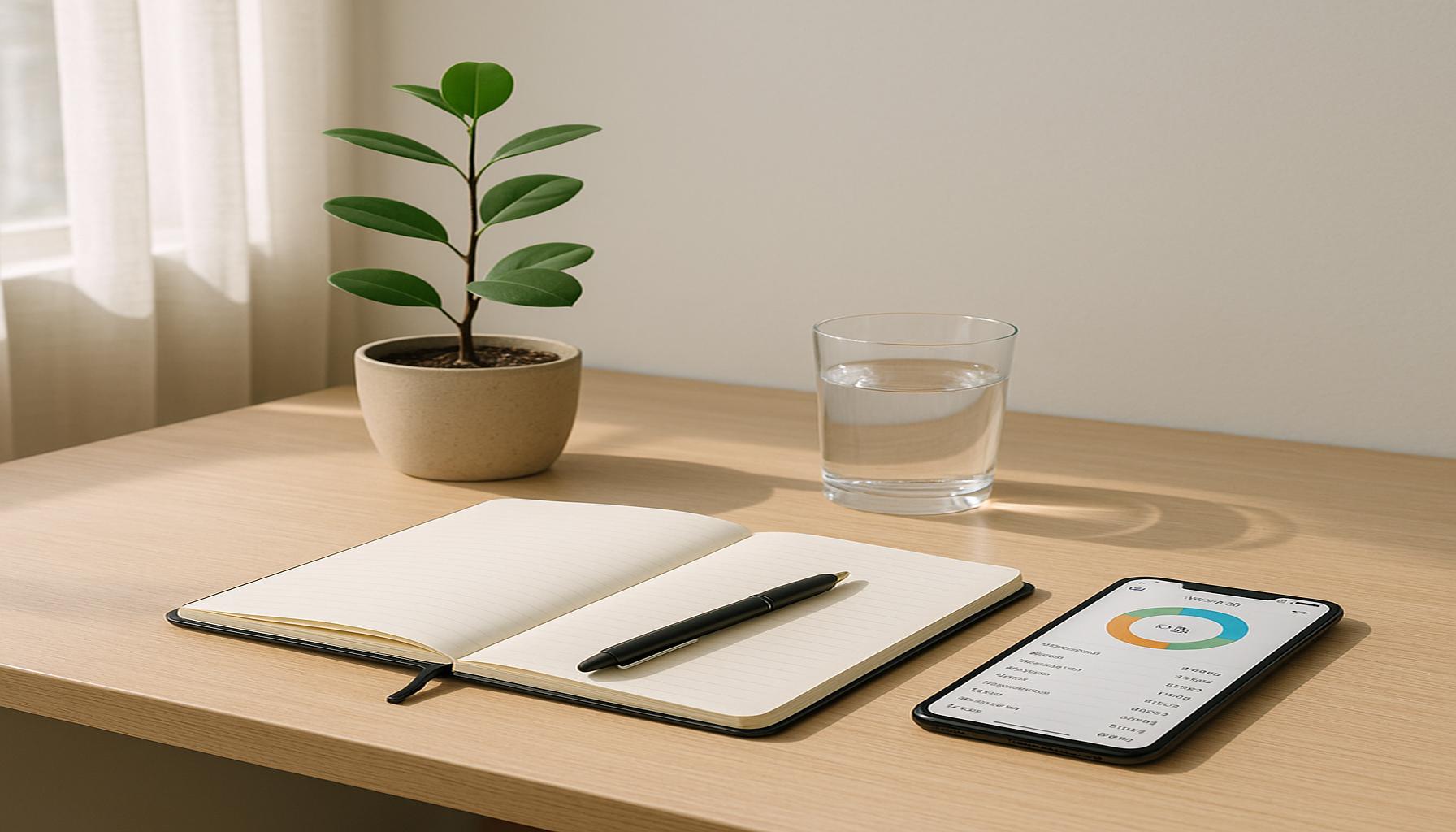Clarity in Technology: Simplifying the Use of Devices and Apps for a More Mindful Life
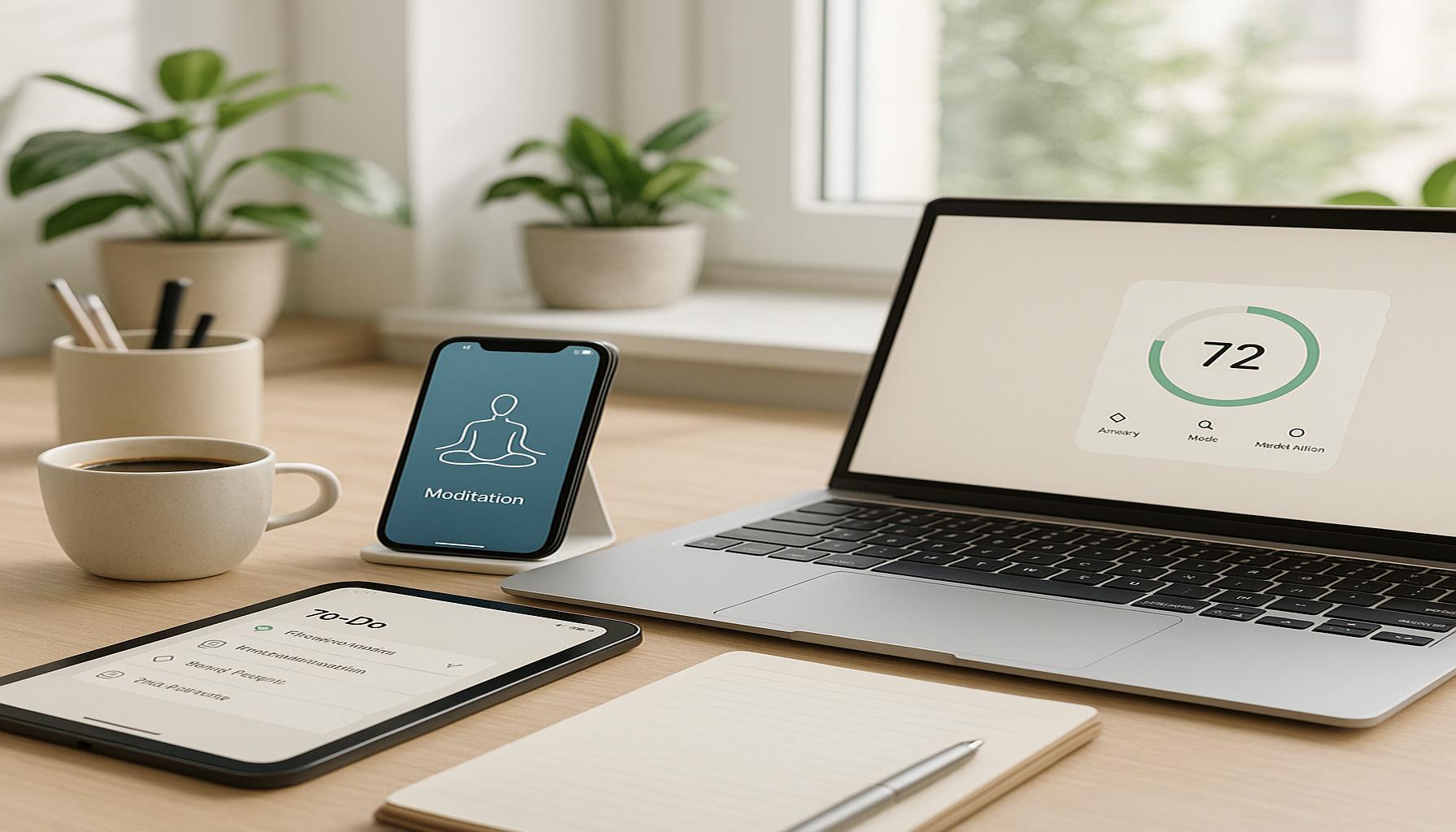
The Modern Tech Overload
As technology continues to permeate every aspect of our lives, it brings both benefits and challenges. The convenience of having information at our fingertips and the ability to connect with friends and family across the globe is undeniable. Yet, this constant connectivity often leads to feelings of stress and distraction. Striking a balance between utilizing technology and fostering a sense of clarity and mindfulness is increasingly becoming a necessity for maintaining our well-being.
Understanding User-Friendly Design
One of the first steps towards achieving clarity is adopting devices with user-friendly interfaces. These are crafted to improve accessibility and reduce the cognitive load on users. For example, Apple’s iOS and Google’s Android operating systems regularly update their designs to offer streamlined navigation, ensuring users can easily find what they need without excessive scrolling or searching. Features such as customizable home screens and intuitive app layouts can significantly enhance user experience, making technology less of a chore and more of an aid in daily tasks.
Managing Digital Noise
Another critical aspect is the management of digital noise through organized notifications. Many smartphones now provide options to filter and prioritize alerts, allowing users to receive only the most essential notifications. For instance, you might set your phone to silence non-urgent messages during work hours while allowing only calls from family members. This strategy can greatly minimize distractions, enhance focus, and foster a productive environment, particularly important for those working from home in an increasingly digital workplace.
Embracing Mindfulness through Technology
In the realm of apps, a host of helpful applications stand out for their potential to promote mindfulness and well-being. Popular options include Headspace and Calm, both of which offer guided meditations to help users alleviate stress and cultivate a sense of peace. Additionally, digital planners such as Todoist or Notion can assist in organizing tasks and appointments, fostering a clearer mindset. When harnessed properly, these tools can serve as allies in our quest for a balanced life amidst the chaos of constant connectivity.
Statistics indicate that Americans spend an average of 7 hours a day on screens, highlighting the significance of making conscious choices regarding our digital habits. This extensive usage calls for intentional strategies that encourage a healthier balance, integrating technology into our lives in a way that supports—not detracts from—our mental and emotional health.
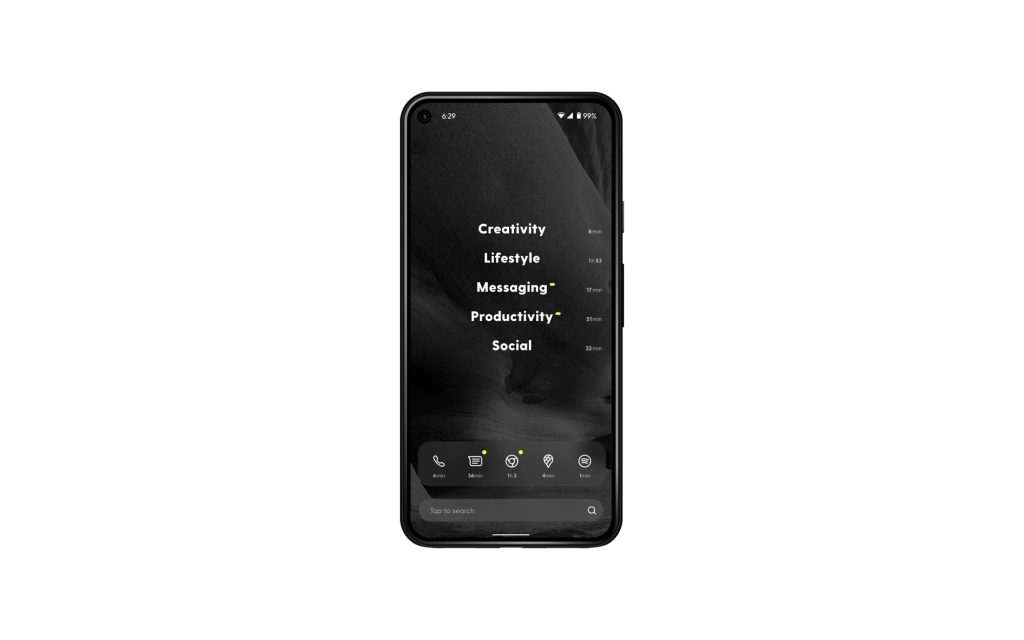
Ultimately, embracing clarity in technology empowers us to reclaim control over our devices. By simplifying interactions and taking directed actions, we can transition from being passive consumers of technology to proactive users, utilizing these tools for personal enhancement rather than distraction. The path to a more mindful existence is achievable through thoughtful engagement and practical adjustments in our digital interactions.
DISCOVER MORE: Click here to enhance your productivity
Redefining Digital Experiences
As we navigate through a sea of information and devices, understanding the principle of clutter-free technology becomes essential for enhancing our daily lives. Clutter-free technology emphasizes the creation of digital spaces that are not only visually appealing but also easy to manage. In a world where applications and devices are often overloaded with features, focusing on simplicity can lead to a more mindful use of technology. By prioritizing applications with streamlined functionalities, users can eliminate unnecessary complications that can lead to frustration.
Essential Features for Clarity
Certain features can significantly contribute to a clearer and more focused digital experience. Here are some key elements to consider when selecting devices and apps that promote clarity:
- Minimalistic Design: Applications that adopt minimalistic principles, like Google Keep or Apple Notes, tend to promote focus rather than distraction. Their clean interfaces offer only the most necessary tools, streamlining user experience.
- Personalization Options: The ability to customize the look and feel of your device, including wallpaper, font sizes, and icon arrangements, can help you create a workspace that reflects personal preferences while reducing visual stress.
- Offline Accessibility: Applications that allow access to content without requiring an internet connection, such as Evernote and Pocket, can minimize interruptions and lead to improved productivity, particularly during busy commute times.
- Search Functionality: A robust search feature can save time spent navigating through menus and tabs. Apps like Notion set themselves apart by offering powerful search capabilities, enabling users to access information quickly and efficiently.
Moreover, the concept of digital detox is gaining traction among individuals seeking to regain a sense of balance. As more people recognize the impact of excessive screen time on mental well-being, initiatives encouraging regular breaks from technology are becoming increasingly popular. Research indicates that even short breaks from screens—just 20 minutes at a time—can significantly improve concentration and productivity levels.
Creating Healthy Technology Habits
The integration of technology into our daily lives can lead to the adoption of healthier habits when approached consciously. Strategies such as setting specific time limits for social media use, utilizing timers for productivity apps, or establishing tech-free zones in the household can promote a sense of mindfulness. The app Forest, for example, encourages users to stay off their phones by growing a virtual tree that flourishes only when they remain focused for a designated period.
As we prioritize clarity in how we use technology, it is crucial to address the evolving demands on our attention spans. A study by Microsoft found that the average human attention span has decreased significantly over the past decade, plunging to around eight seconds. Thus, using technology deliberately rather than passively will empower individuals to foster a more mindful life, encouraging deep engagement and intention with both recreational and practical applications.
In summary, embracing a clutter-free digital environment, setting healthy usage habits, and utilizing user-friendly applications can create a profound impact on our well-being. By implementing these principles, users can transform technology from a source of distraction into a powerful tool that enhances clarity and mindfulness in everyday life.
| Advantage | Description |
|---|---|
| User-Friendly Interfaces | Intuitive designs help users navigate technology effortlessly, reducing stress and enhancing productivity in daily tasks. |
| Enhanced Mindfulness | Tech tools promote focus by minimizing distractions, fostering a more mindful approach to digital interactions and life decisions. |
The shift towards clarity in technology is catalyzing significant changes in how individuals engage with their devices. By offering user-friendly interfaces, technological innovations are making it easier for people to accomplish their daily tasks. This ease of use directly contributes to a reduction in the cognitive load, allowing users to feel more accomplished and less overwhelmed.Furthermore, the rise of apps designed for mindfulness is encouraging users to cultivate a more aware life. These tools not only facilitate a better grasp on technology but also promote a sense of tranquility and focused engagement with our surroundings. Initiatives focusing on clarity in technology can make a profound difference in fostering a healthier relationship between individuals and their devices, encouraging users to explore further ways to enhance their productivity and well-being in today’s fast-paced digital landscape.
DISCOVER MORE: Click here to find out how minimalism can transform your mind and space
Embracing Intentional Use of Technology
In the quest for clarity in technology, the concept of intentional usage emerges as a powerful ally. This approach focuses on engaging with devices and apps purposefully, rather than succumbing to the autopilot mode that so many users find themselves in. Research indicates that people often check their phones approximately 96 times a day on average, which underscores a habitual and mindless interaction with technology. Learning to use technology with intention can lead to improved focus and satisfaction.
Strategies for Intentional Engagement
Adopting intentional technology usage can be facilitated through several straightforward strategies:
- Defined Purposes for Apps: Each application serves a specific role in our lives, but it’s essential to categorize them based on necessity. For instance, separating work-related tools from leisure apps allows users to engage with technology purposefully rather than mindlessly scrolling through feeds. Creating folders on devices, such as ‘Work’ or ‘Leisure’, can assist in achieving this separation.
- Mindfulness Reminders: Apps like Mindfulness Coach or Insight Timer provide notifications to remind users to take mindfulness breaks throughout the day. That intentional interruption of screen time allows individuals to engage in more reflective practices, such as deep breathing or brief meditations.
- Routine Check-Ins: Scheduling specific times during the day to engage with technology can take the edge off erratic usage. For example, allocating a dedicated time block for checking emails or social media not only minimizes distractions but also promotes a more organized approach to digital interactions.
Moreover, the advent of the minimalist lifestyle has inspired users to reduce the number of applications they regularly engage with. Many find that removing non-essential apps from their devices can foster a sense of clarity and focus. A survey by Mobile Marketing Association found that 73% of respondents felt overwhelmed by the amount of content available, leading them to rationalize their digital consumption habits.
The Role of Technology in Personal Growth
Incorporating technology into personal development can enhance clarity and fulfillment. Applications focused on mental health, fitness, or mindfulness allow users to track their progress and set achievable goals. For instance, apps like Headspace and MyFitnessPal encourage users to engage with their health and wellness proactively. This proactive usage encourages not just passive consumption but a deepened engagement with the purpose behind the applications utilized.
Engagement with technology can be further optimized by leveraging data tracking features of devices. Many smartphones now come equipped with screen time monitoring capabilities, allowing users to analyze their tech habits. A study by the Pew Research Center found that nearly 60% of Americans have taken steps to limit their smartphone use, reflecting a growing awareness regarding digital wellbeing.
In this light, the journey toward clarity in technology transcends merely adopting clutter-free devices or apps; it encompasses an entire ethos centered around mindfulness and intentionality. By identifying the ‘why’ behind each digital interaction, users can enhance their overall quality of life, ultimately leading to a more balanced existence amidst the technological landscape. As we propel ourselves further into this digital age, maintaining a focus on clarity allows individuals to flourish in both personal and professional spheres. In the end, technology holds the potential to serve as a catalyst for empowerment rather than remaining a source of distraction.
DISCOVER MORE: Click here to dive into minimalism
Conclusion: Navigating the Digital Landscape with Purpose
In a world brimming with technological advancements, achieving clarity becomes paramount for fostering a mindful life. As demonstrated throughout this article, adopting intentional technology usage not only transforms our relationship with devices and apps but also cultivates a satisfying digital experience. By implementing strategies such as categorizing apps, setting reminders for mindfulness breaks, and scheduling routine check-ins, individuals can regain control over their technology interactions and minimize distractions.
The essential takeaway here is the importance of understanding the ‘why’ behind our digital engagement. Clarity in technology invites users to streamline their interactions, encouraging a harmonious blend of productivity and personal growth. Utilizing applications tailored for health and mindfulness empowers individuals to take charge of their well-being, reinforcing the assertion that technology can enhance, rather than hinder, our quality of life. With nearly 60% of Americans actively seeking ways to limit their screen time, the shift towards a more purposeful use of technology is not just a trend but a necessary evolution.
As we venture deeper into this digital era, the pursuit of clarity in technology paves the way for enriching lives, creating space for genuine connections and self-discovery. Therefore, let us commit to using technology with intention—transforming it into a tool that catalyzes growth and mindfulness, rather than a source of overwhelm. Ultimately, the journey toward a more mindful existence is one that can be substantially shaped by how we choose to engage with the digital tools at our disposal.
